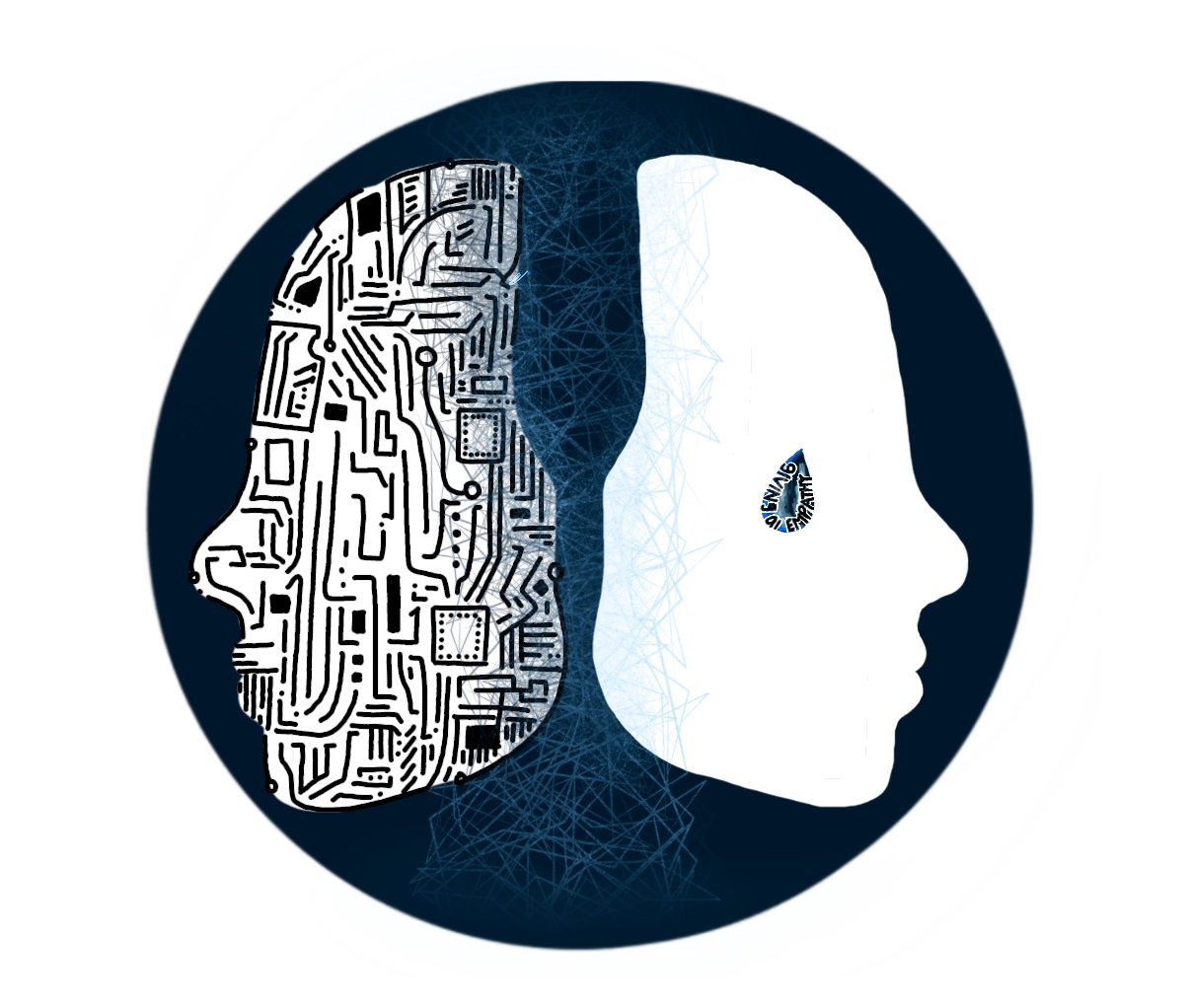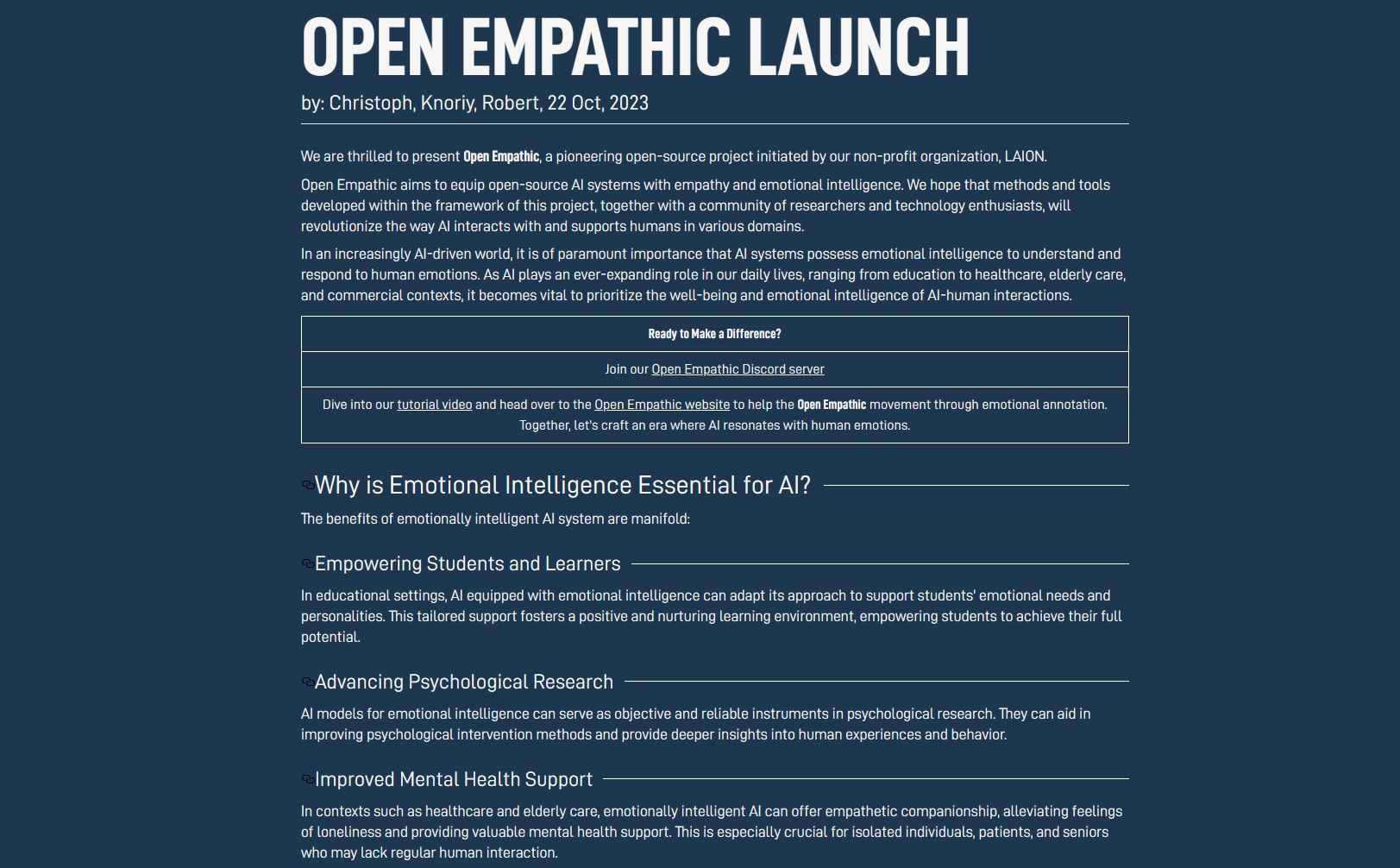AI technology has made significant advancements in recent years, but there is still a long way to go before it achieves true sentience or world domination. While the rapid growth of AI is impressive, it is crucial to remember that it is still a work in progress. Instead of fearing a hypothetical future where AI takes over the world, we should focus on more immediate risks.
Key Takeaway
Developing empathy in AI is essential for a better human-technology interaction. By prioritizing qualities like context awareness, empathy, and customization, we can make AI a helpful tool that enhances user experiences. AI should be seen as an enhancer, not a replacement for human workers, and its development should align with our values and needs.
The Risks of Ignoring Human Qualities in AI
Companies that fail to invest in developing AI bots capable of recognizing and interpreting human qualities may end up frustrating both customers and workers. By adopting a human-centric approach, we can make AI a helpful tool that enhances user experiences, rather than something to be feared or resisted.
One of the reasons why AI can be unsettling is its vast knowledge of humans. AI models like GPT-4 have been designed to consume and analyze massive amounts of information, giving them a deeper understanding of humans than any individual could ever have. While some companies have tried to make AI more relatable by giving them names and personalities, this approach reinforces the idea that AI has independent thought. Instead, we should focus on enhancing AI’s utility through qualities like context awareness, empathy, and customization. This way, users can feel more supported and understood in their interactions with AI.
The Future of AI Lies in Empathy
Rather than spending resources on fine-tuning the “personalities” of AI assistants like Alexa or Sydney, tech companies should prioritize the development of humanized AI. Humanized AI seeks to interpret a user’s emotions and tailor responses according to their unique needs. This type of programming enables AI bots to genuinely assist humans in a way that fosters more meaningful and natural interactions. By simulating empathy, AI can make users feel understood and supported.
For example, imagine a first-time homebuyer who is unfamiliar with the mortgage application process. With traditional AI automation tools, they might receive technical and repetitive responses that only exacerbate their confusion and frustration. However, a humanized AI would recognize their confusion, respond empathetically, and offer personalized guidance, making the process less intimidating and more user-friendly. This “human” touch enhances the overall experience and increases the likelihood of a successful interaction.
AI as an Enhancer, Not a Replacement
Contrary to popular fears, adopting more humanized AI does not mean that human workers will be replaced. While some jobs may become obsolete, new opportunities will arise to fill the void, just as they have throughout history with the introduction of new technologies. AI should be seen as a powerful tool that augments human strengths and compensates for weaknesses. Its true value lies in enhancing employees’ capabilities and enabling them to achieve better results.
AI goes beyond increasing productivity by streamlining decision-making processes and automating tasks. When AI is humanized and empathetic, it becomes a catalyst for creativity and an aid in identifying stronger candidates. It helps individuals become better at what they do, leading to increased fulfillment at work.
Recognizing Our Humanity in AI
The potential of AI technology is immense, comparable to the transformative impact of cloud computing and the internet. However, these changes will unfold gradually, allowing time for adaptation and harnessing the full potential of AI. As we integrate AI into various aspects of our lives, it is crucial that AI systems align with our values and needs.

























